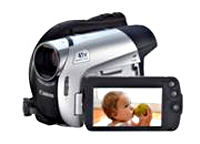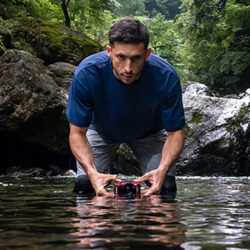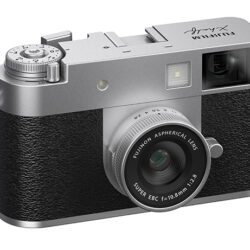Canon’s latest professional DSLR flagship provides functionality and performance to meet most photographers’ requirements.Photo Review was given a hands-on preview of Canon’s latest pro-camera, the oddly-named EOS-1D X, just under a week before it was due to be announced worldwide. As a result we are able to present a ‘first look ‘ at a powerful and versatile full-frame DSLR that combines impressive high-speed shooting with a wide range of functions to help photographers obtain excellent image quality in almost any situation.



















